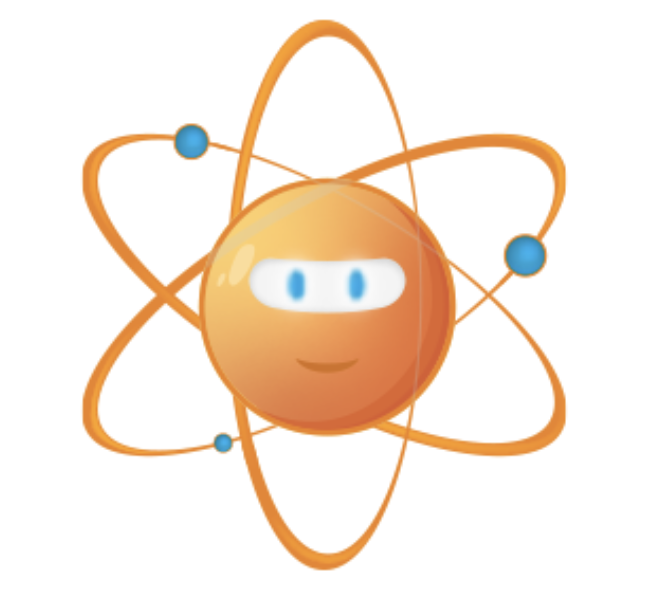All Journal of College Science Teaching resources
Journal Article
Comparing Academically Homogeneous and Heterogeneous Groups in an Active Learning Physics Class
Many methods have been developed for managing groups in active learning classes, but little research has been done on the effect of group structure itself. Results are presented for an active learning physics class in which half of the class was pl...
By Michael Briggs
Journal Article
Concept maps make connections between ideas apparent, and thus would seem ideally suited to demonstrate learning. Yet, they are not widely used by instructors, particularly in large university classes. In this paper we review the strengths and rati...
By Carl-Georg Bank and Heidi Daxberger
Journal Article
Measuring Computational Thinking Teaching Efficacy Beliefs of Preservice Elementary Teachers
With the release of the Next Generation Science Standards (NGSS), assessing K–12 science teachers’ self-efficacy in Computational Thinking (CT) is an important research gap to study. Bandura defines self-efficacy as awareness of the individual�...
By Erdogan Kaya, Anna Newley, Ezgi Yesilyurt, and Hasan Deniz
Journal Article
Negative Student Response to Active Learning in STEM Classrooms:
Recent research has supported the use of student-centered teaching practices, such as active learning, because of its effectiveness in improving student learning and retention when compared with traditional, lecture-based teaching practices. Despit...
By Prateek Shekhar, Maura Borrego, Matt DeMonbrun, Cynthia Finelli, Caroline Crockett, and Kevin Nguyen
Journal Article
We quantified student perceptions of an active learning exercise, based on open-educational video resources, in both a first-year seminar class (Natural Environment of Athens and Georgia, three sections), and a larger lecture class (Natural History...
By Gary D. Grossman and Troy N. Simon
Journal Article
Qualitative Analysis of Ray Optics in a College Physics Laboratory: A 5E Lesson
This paper describes an alternative approach to teaching and learning practices in an undergraduate physics laboratory. The instructor plans and implements the 5E instructional model into the laboratory instruction. The article includes an example ...
By Ozden Sengul
Journal Article
Barriers to Learning Assistant Engagement
Learning Assistants (LAs) help students develop a deeper understanding of content and are particularly effective during active learning instruction. A foundational pillar of the LA model is the LA pedagogy course, which teaches LAs about evidence-b...
By Alicia Purtell, Robert Talbot, and Michael E. Moore
Journal Article
Show Your Students How to Be More Persuasive When They Write
After a grueling grading campaign, a chemist asked a writing and rhetoric specialist for help improving formal reports in the introductory organic chemistry lab. Together, we realized that the very best student reports employ many persuasive moves ...
By David J. Slade and Susan K. Hess
Journal Article
Backward Redesign of a Nonmajors’ Biology Course at a Two-Year Technical College
Gwinnett Technical College (GTC), established in 1984, is the second-largest technical college in Georgia. As a two-year open-access college, GTC and other technical and community colleges are significant in educating STEM and non-STEM majors in th...
By Margaret Long, Adrienne Cottrell-Yongye, and Tyler Huynh
Journal Article
While research has demonstrated the links between active learning and student success, lecture remains a dominant instructional method within introductory STEM courses. In this project, we used the strategy of enlisting peer mentors to develop and ...
By Becky Wai-Ling Packard, Jaemarie Solyst, Anisha Pai, and Lu Yu
Journal Article
K–12 DREAMS to Teach Program at Morehouse College
This study explores the pathways to K–12 Science, Technology, Engineering and Mathematics instruction among Black/African American males in the Discovery Research Education for African American Men in STEM to Teach (DREAMS to Teach) program at Mo...
By Cynthia Trawick, Thema Monroe-White, Jigsa A. Tola, Jamie P. Clayton, and J. K. Haynes
Journal Article
There has been a focus on improving teachers’ views of nature of science for decades. The method in which researchers improve views of nature of science, however, varies greatly. This study aimed to improve elementary preservice teachers’ views...
By Melanie Kinskey
Journal Article
Teaching K–8 Teachers About Integrating Science and Engineering
We examined the use of an engineering learning cycle (ELC) model and in a course for K–8 inservice teachers for two purposes. First, we were interested in how the ELC would support teachers’ science, mathematics, and engineering content knowled...
By Allison Antink-Meyer and Anna Arias
Journal Article
Scenarios, Stakeholders, Autonomy, and Choice
A role-play activity is presented that was designed for a STEM education learning experience to enrich science literacy, collaboration, and critical-thinking skills in undergraduate science courses. During the roleplay, learners assumed the roles o...
By David Green and Mary Kay Cassani
Journal Article
Geoscience Education and Motivated Reasoning
Individuals use information selectively, in ways that support group beliefs or one’s psychological needs—this is motivated reasoning. Motivated reasoning is revealed in correlations between (1) opinions/knowledge and (2) individu...
By Emily Fisher and Nan Crystal Arens


